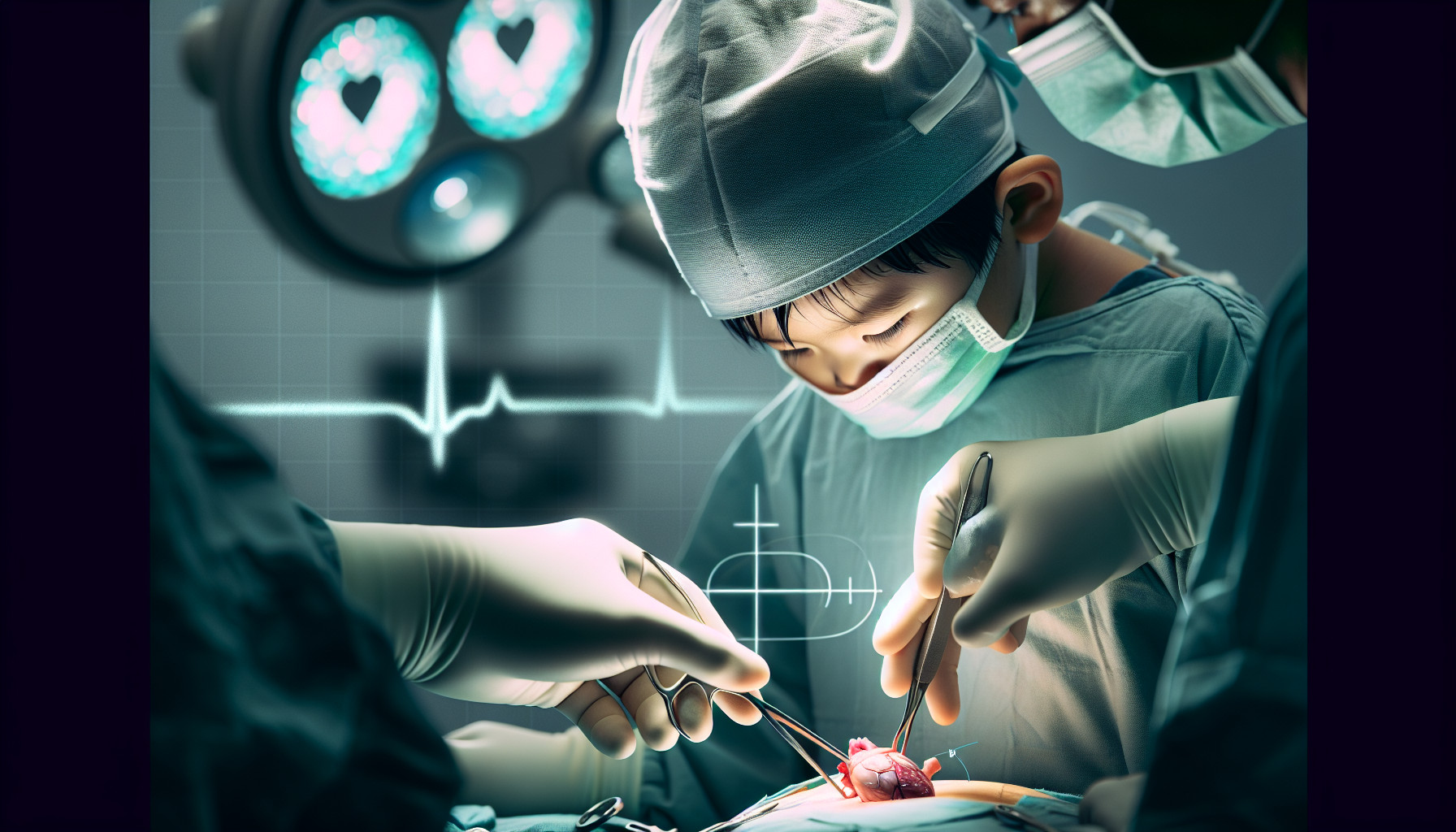Our Summary
This research paper is about using lung ultrasound to diagnose lung conditions in children after they have undergone heart surgery. The researchers studied 79 children and conducted 138 lung ultrasound examinations. They found that lung ultrasound was a feasible method for diagnosing lung conditions, especially in certain areas of the lungs. They also found that lung ultrasound could provide more information than chest X-rays in some cases, and could even lead to new diagnoses or changes in diagnoses. This could affect the treatment plan for the patient. Therefore, the study concludes that lung ultrasound is a useful tool for diagnosing lung conditions in children after heart surgery.
FAQs
- What was the main focus of this research paper on pediatric cardiac surgery?
- How effective was lung ultrasound in diagnosing lung conditions in children after heart surgery according to the study?
- How can lung ultrasound potentially affect the treatment plan for pediatric cardiac patients?
Doctor’s Tip
A helpful tip a doctor might tell a patient about pediatric cardiac surgery is to be aware of the potential for lung complications after the surgery. They may recommend regular lung ultrasound examinations to monitor for any issues and to provide more detailed information than chest X-rays. This can help in early diagnosis and treatment of any lung conditions that may arise, ultimately improving the overall outcome for the patient.
Suitable For
Patients who are typically recommended pediatric cardiac surgery include those with congenital heart defects, heart valve abnormalities, heart rhythm disorders, and other complex heart conditions that require surgical intervention. These patients may experience complications such as fluid accumulation in the lungs, infections, or other lung conditions following surgery. Therefore, lung ultrasound can be a valuable tool in diagnosing and monitoring these patients post-operatively to ensure optimal recovery and outcomes.
Timeline
Timeline:
Before pediatric cardiac surgery:
- Patient is diagnosed with a heart condition that requires surgical intervention.
- Pre-operative assessment and testing are conducted to evaluate the patient’s overall health and determine the best course of action for surgery.
- Patient and their family receive counseling and education about the surgery, potential risks, and expected outcomes.
After pediatric cardiac surgery:
- Patient is closely monitored in the intensive care unit immediately after surgery to ensure stability and recovery.
- Patient may experience pain, discomfort, and fatigue in the days following surgery.
- Follow-up appointments and tests are scheduled to monitor the patient’s progress and recovery.
- Lung ultrasound examinations may be conducted to assess lung conditions and detect any potential complications.
- Treatment plans may be adjusted based on the results of the lung ultrasound examinations.
- Patient and family receive ongoing support and education to manage any post-operative challenges and promote long-term recovery.
What to Ask Your Doctor
Some questions a patient should ask their doctor about pediatric cardiac surgery include:
- What are the potential risks and benefits of the heart surgery for my child?
- How experienced is the surgical team in performing pediatric cardiac surgeries?
- What is the success rate for this type of surgery in children?
- What is the expected recovery time and what can we expect during the recovery process?
- Are there any long-term effects or complications associated with this surgery?
- Will my child require any additional procedures or treatments after the surgery?
- How will the surgery impact my child’s daily activities and quality of life?
- Are there any specific precautions or restrictions my child will need to follow post-surgery?
- How often will my child need follow-up appointments and monitoring after the surgery?
- Are there any support resources available for families of children undergoing pediatric cardiac surgery?
Reference
Authors: Cantinotti M, Ait Ali L, Scalese M, Giordano R, Melo M, Remoli E, Franchi E, Clemente A, Moschetti R, Festa P, Haxiademi D, Gargani L. Journal: Paediatr Anaesth. 2018 May;28(5):421-427. doi: 10.1111/pan.13360. Epub 2018 Mar 25. PMID: 29575312
